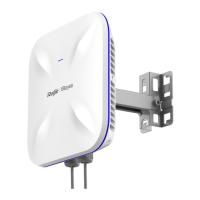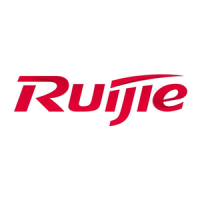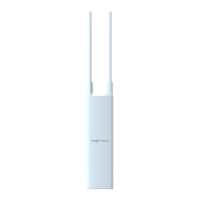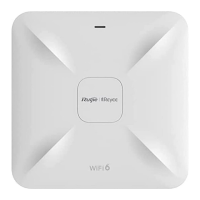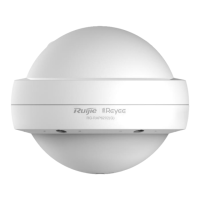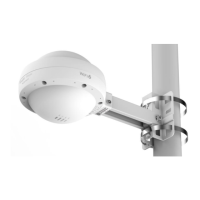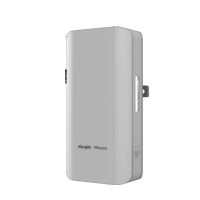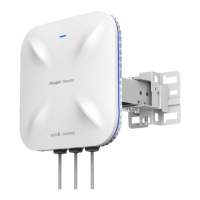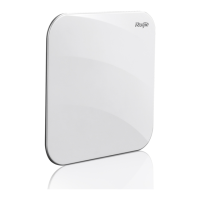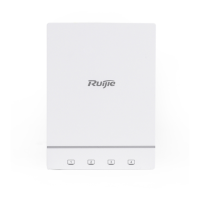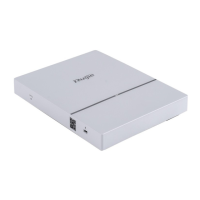Do you have a question about the Ruijie Reyee RG-EST310 and is the answer not in the manual?
| Brand | Ruijie |
|---|---|
| Model | Reyee RG-EST310 |
| Category | Wireless Access Point |
| Language | English |
Defines the target audience for the implementation cookbook.
Provides contact information and resources for technical support.
Details the changes and updates made to the document over time.
Introduces Reyee cloud-managed access points and their features.
Describes Reyee switches, their types, and remote management capabilities.
Details the Reyee RG-EG series router for smart homes and small offices.
Explains how to access devices via the eWeb management system and network topology.
Guides users on how to change the device password through the master device interface.
Provides two methods to reset devices to factory default settings.
Step-by-step guide to provision devices using the Ruijie Cloud mobile application.
Instructions for initial device setup and network creation via the Reyee EWeb interface.
Configures load balancing for multiple WAN interfaces to improve throughput and redundancy.
Details the requirements and configuration steps for setting up an IPsec VPN between routers.
Explains how to optimize user traffic to prevent network congestion.
Configures port mapping to allow WAN users to access LAN servers.
Guides on creating and managing Virtual LANs (VLANs) for network segmentation.
Explains how to configure ACLs to permit or discard network traffic based on rules.
Enables layer-2 isolation between ports to prevent data forwarding between isolated ports.
Helps filter DHCP packets and secure the network by identifying trusted ports.
Combines multiple network connections to increase throughput and provide redundancy.
Prevents network degradation caused by excessive broadcast, multicast, or unknown unicast traffic.
Guides on creating and managing Virtual LANs (VLANs) for network segmentation.
Enables layer-2 isolation between ports to prevent data forwarding between isolated ports.
Helps filter DHCP packets and secure the network by identifying trusted ports.
Limits the transmit speed rate on specific ports to manage bandwidth usage.
Prevents network degradation caused by excessive broadcast, multicast, or unknown unicast traffic.
Configures Wi-Fi settings such as SSID, frequency, encryption, and VLAN.
Guides on configuring multiple SSIDs to meet various network requirements.
Allows APs to be organized into groups with different Wi-Fi configurations.
Configures client access control by blocking or allowing specific devices.
Explains how to control the LED status on Access Points as per requirements.
Clarifies that Reyee devices only support web management, not Telnet or SSH.
States the default IP address for Reyee switches.
Provides the IP address for the master device in a self-organizing network.
Outlines the priority order for master selection in self-organizing networks.
Explains the distinction between @Ruijie-s and @Ruijie-m SSIDs.
Confirms that self-organizing networks are only for Reyee series devices.
Offers troubleshooting steps for login issues with the eWeb management system.
Details how to restore factory settings and recover from forgotten credentials.
